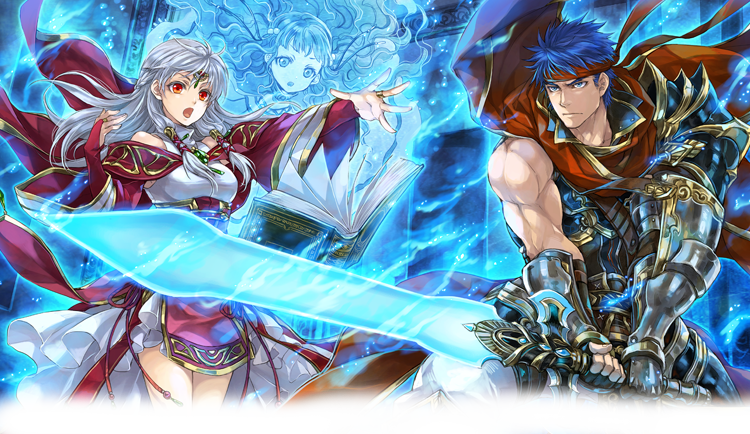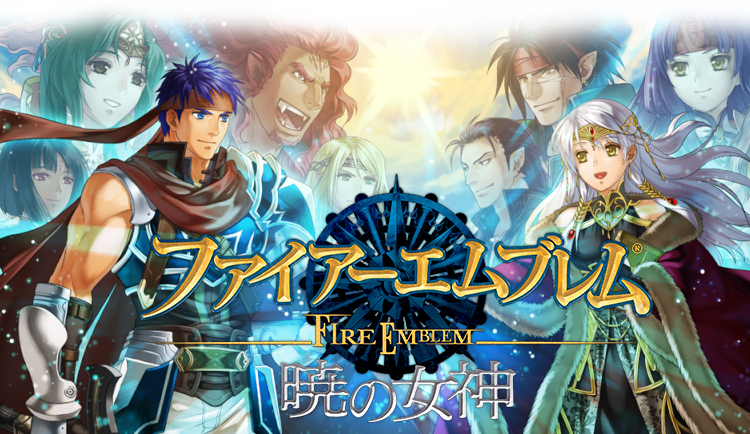
 Fire Emblem: Radiant Dawn
Fire Emblem: Radiant Dawn
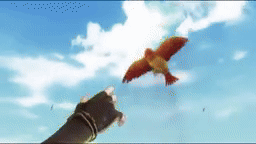
| Fire Emblem Radiant Dawn is a game that means a lot to me. Not only was it my first Fire Emblem game, but to this day it is my favorite Fire Emblem. It’s an ambitious sequel to Path of Radiance that shows off a continent-wide war letting the player take control of multiple factions. It explores themes of historical revisionism, prejudice, the role of religion, the evolution of divine creation, and so much more. It’s not a perfect game, but it’s imperfect in a way that inspires my creativity. |
| I wish Radiant Dawn, and Path of Radiance, had reached a wider audience when they released. Physical copies are impossible to find at a decent price, and Radiant Dawn’s story heavily relies on the player already knowing what happened in Path of Radiance. Even so, I hope that this page can serve as a love letter for a game that means so much to me, and maybe even inspire others to give the Tellius duology a try! |
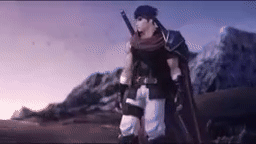
|
WARNING: SPOILERS THROUGHOUT
---

| I picked up Radiant Dawn in the winter of 2008. I had been playing a lot of Super Smash Bros. Brawl and was obsessed with Marth. Marth’s games weren’t translated at the time, so I decided to settle for Ike’s since his games were available in North America. I only saw that the word “radiance-” was in the title of his installment, so when I saw “Radiant Dawn” at Target, I just assumed the was the right game (despite Ike not even being on the cover). |
I went home, put the game in my Wii, dimmed the lights, and watched the opening cinematic. I had no clue what was going on. Beasts, who I assumed were the antagonists (although I didn’t want them to be!), were fighting armies of men. A dragon destroyed a castle. A woman on a bed of flowers wakes up. A girl with silver hair holds a bird. A blue flame burns. And Ike is nowhere to be seen.
I was disheartened. I was even more disheartened when I got to the first level and started playing. Not only was Ike not here, but the game was a grid based tactics rpg that I had no idea how to play. Having done zero research into Fire Emblem, I had just assumed it would be some sort of adventure. Instead it was dialogue and war. I wanted to return Radiant Dawn. I tried to find the receipt, but it was gone. I was out of allowance, and stuck with this weird game I purchased on a whim. So I decided to give it an honest shot.
| The first several chapters were miserable - I kept getting killed and missing recruitment opportunities. I had no idea what anyone was talking about. I was so frustrated! But then, something magic happened. I got to Chapter 5 where I not only got to add a wolf laguz to my party (beasts weren’t all bad guys after all!), but I also met Jill and Zihark. After that, I started having fun watching Volug mow down enemies, Jill fly into battle on her dragon/wyvern, and Zihark crit everything in sight. Slowly but surely, I started warming up to the game. Better yet, I read online that Ike WAS in the game, and you got him at Part Three. Then I forgot to recruit Haar, and couldn’t beat Elincia’s Gambit in Part Two. |
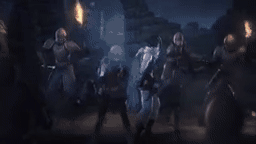
|
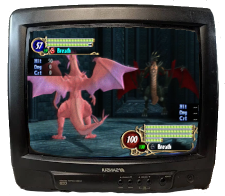
|
As battles went on, I kept engrossing myself in the lore and characters. I was stunned at Part Four when everyone unites and sets off for the Tower of Guidance. At that point, my younger siblings started watching me play. They thought the battle animations were cool and that the character designs were neat. We all took turns doing everyone’s voices. By the time I got to the Endgame of Part Four it was a Saturday and we had no bedtime. My siblings and I sat in our game room, lights off, fighting the goddess’ army on our CRTV. I didn’t fully grasp the nuances of the plot just yet, but we all knew I had to win. And I did! It was so exciting. |
But it wasn’t enough. I wanted to play it again. And again. And again.
| I was lucky enough to pick up Path of Radiance shortly thereafter, and both games took over my life. I was about fourteen making my own OCs, hanging out in forums, writing fan-fiction, designing shitty layout for Cyopets (a knock off Neopets site, if you know you know), and just being obsessed. Radiant Dawn went on to inspire me to get involved with more Fire Emblem groups as an adult. I’ve made amazing friendships because of this game and it continues to tickle my mind and inspire my creativity. |
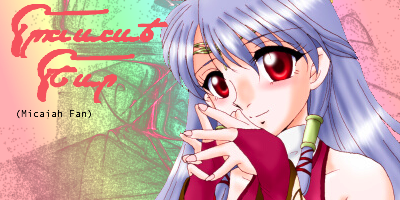
|
---

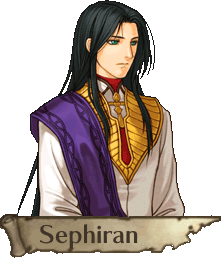
|
I teased it on the Path of Radiance page, but Lehran, or Sephiran, is my favorite Fire Emblem character. He is an immortal heron Laguz who, despite being a kind-hearted idealist, is met with tragedy after tragedy. His love with Altina ends with him losing his identity and magic. The descendant he tries to connect with is assassinated. His people are exterminated and his home is burnt to the ground. After so much disappointment, Lehran snaps and decides to awaken Ashera through war to end it all. Except, he can’t just commit to being evil. During the time Lehran (now Sephiran) plots he also befriends Zelgius, raises the orphaned empress Sanaki, supports and fights for reforms, spares Ike the trauma of his parents’ death, heals the sick across Tellius, and takes a hard line against the actual corrupt and evil senators. It is revealed in the endgame that Sephiran, more than anything else, just wants it to end. He wants to die. And he’s made it everyone’s problem. |
It’s so refreshing to have an antagonist as complicated as Lehran.

---
|
I won’t lie, Micaiah has one of my favorite designs in the series. I love all of her outfits and her white hair. I love her character class being a mage/healer lord. As a kid, she made me want to be a little more girly. Thank goodness her character is also super interesting. Micaiah is branded, and one of Lehran’s descendants. She was supposed to be Bengion’s empress, but was instead spirited away to Daein where she was raised as an orphan. She uses her innate abilities to fend for herself and to help others. Micaiah is kind, but devoted to Daein to a fault. I love how she’s propped up as an almost religious figure by the troops of Daein to the point that soldiers fight like mad under her command. She’s willing to bend her morals for the sake of seeing her people saved. At the same time, she has to deal with knowing that if the people of Daein knew she was branded they would immediately reject her. |
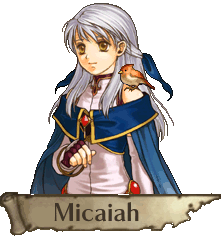
|
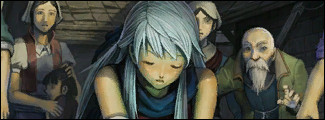
---
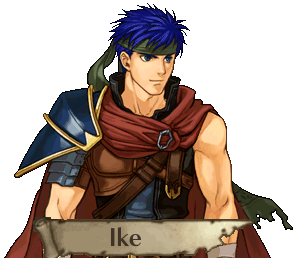
|
I love my boy Ike. He has less developing to do in Radiant Dawn, but is still the thread that binds everyone together. Ike isn’t politically tied to a country, he’s tied to his friends. This allows him to help Ranulf, lead interesting missions, and speak his mind to whoever he wants. He is blunt and compassionate, winning over even Micaiah by the end. It’s also refreshing to see a male lord whose only characters are with other guys. (Ike is either ace or gay, like come on.)
He’s a fan favorite for a reason!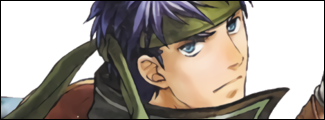 |
---
Nailah is so cool. She’s the wolf queen of Hatari, a criminally undeveloped country in terms of what we know about it. Nailah is strong, blunt, and unprejudiced. She fights for what she wants and who she wants. I also love that she gets to be a powerful fighter while her husband, Rafiel, is the delicate one.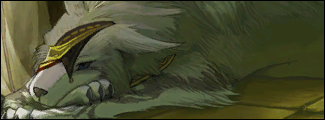 |
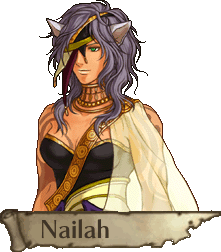
|
---
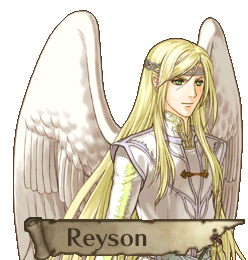
|
Reyson is still great! He doesn’t have a big character arc in this game, but he is still an incredibly useful unit. Reyson is seen as somewhat remarkable as a heron given how strong he is compared to what herons are expected to be. He’s definitely got a crush on Tibarn… right?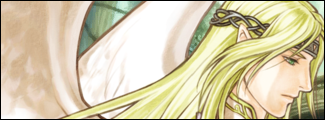 |
---
I liked Naesala in Path of Radiance, but I love him in Radiant Dawn. He is a backstabbing trickster, but all for the sake of his country. It is revealed Kilvas was also tied to a blood pact with the Begnion senate meaning that, not only is Naesala out to make money for his nation, he’s also forced to double cross his allies. He doesn’t have a high opinion of himself, but like Micaiah he is desperate to save his home and willing to do whatever it takes. His relationship with Leanne is also very cute. Shoutout to herons pairing up with very powerful people.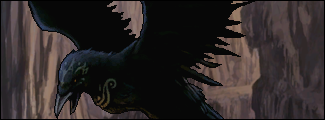 |
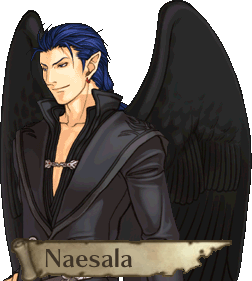
|
---
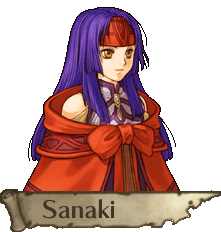
|
Sanaki has been through the wringer in this game. She was a great character in Path of Radiance in the role of a child empress with a heart of gold. In Radiant Dawn, she is forced to contend with the revelation that everything she knew about herself was a lie. She’s Micaiah’s younger sister, and therefore did not inherit the “powers of the apostle” that Micaiah received from her brand. She is betrayed by almost everyone in her government, yet never breaks. She makes it to the end of the game still resolving to lead Begnion into a better future. I love that her confidence is never broken. 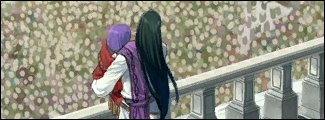 |
---
While not as menacing as he was in Path of Radiance, Zelgius is still an interesting character. This time, I get to use him to strike fear into the hearts of the A.I., and there’s something to be said for that. In all seriousness, I love the reveal that Zelgius is also branded and a dutiful servant of Sephiran. I love that in this game he gets to be a more honorable character instead of how antagonistic he was under Ashnard. His final fight with Ike isn’t quite as strong as it is in Path of Radiance, but it is still a great moment nonetheless. 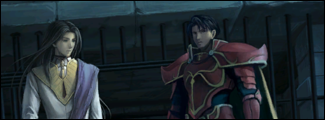 |
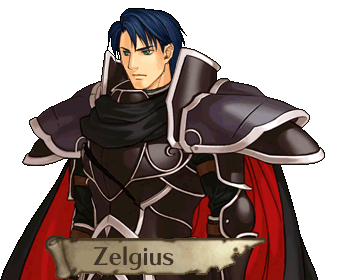
|
---
---

~My general thoughts and feelings about each “Part” of the game~

It’s a ton in too short of time.

| On a positive note, it is a good choice to begin the story from Daein’s perspective. In Path of Radiance, Daein is painted as an evil war mongering country where only the strong survive. Daein was also the most openly racist county in Tellius when it came to Laguz. Introducing a ragtag group of heroes in the slums of Daein’s capital helps to bring some humanity to its people (that and the fact that the Begnion occupation is over the top evil.) |
It makes me wonder why characters like Zihark and Jill were fighting for Pelleas in the first place. Was he upfront about trying to forge a better country, or were they just fed up with Begnion’s horrid occupation? This isn’t even to mention the fact that Tormod, a freedom fighter for Laguz slaves, comes to Sothe’s aid only for his Laguz companion Muarim to be drugged by Izuka’s advisor. This should have been a breaking point and moment for Micaiah to take a hardline. Instead, it’s just sort of shrugged off.
| Then there is Nailah, Volug, and Rafiel - Laguz companions met at the beginning of the campaign from a long lost country called Hatari. They are some of the most interesting characters we get, and I wanted to see so much more from them. Why do they become such good friends with Micaiah? What do they think of the Daein’s racism? What is Hatari like? |

|

| I love what this section of the game does from Elincia’s character. In Path of Radiance, she is very much a somewhat naive damsel in distress. She is a nervous monarch not entirely prepared to assume the throne. Of Countries and Kings expands on this, showing that in three years Elincia hasn’t turned Crimea into a magical utopia. Instead, she is openly criticized by her citizens as being “too weak” due to her more peaceful approach to ruling. She makes unpopular decisions like welcoming her laguz allies and acknowledging Pelleas as king of Daein to avoid war. |
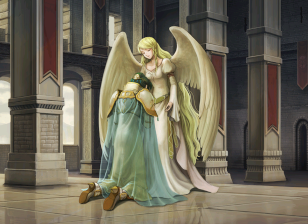
|
Even so, she is still peace-seeking and kind for the rest of the game. These events don’t make Elincia jaded or cynical, which goes to show how strong of a person she is.

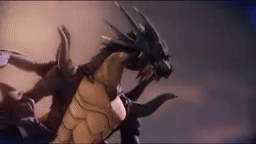
| Intersecting Vows is so much fun. This is the part of the game where the entire continent of Tellius is thrust into war, beginning with Ike joining the Laguz alliance. It’s genuinely exciting to see Ike and the Greil Mercenaries again, especially in their opening cinematic! The Laguz Alliance, made up of the beast and bird tribes, declare war on Bengion for their role in the Serenes Massacre. Begnion, politically divided, sees unrest within its own factions as the senators conspire to remove Sanaki and Sephiran from the throne. |
| The story gets better and better as it goes on. Daein is pulled into the war against its will on the side of Bengion, pitting Micaiah and Ike against each other. It’s neat to shift perspectives and fight your own units. I especially love taking control of the Daein army because they are always the underdogs up against herculean odds. I love seeing how Micaiah implodes when put into a no-win situation. She’s willing to commit war crimes for the sake of Daein, and that’s just insane dedication. |

|

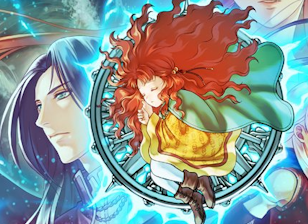
| It would have been so simple for the final leg of the game to be about defeating an actual dark god. Tellius could have been cast into a dark miasma where the characters faced corruption and pure evil as a result of their inability to cease warefire. Instead, Part Four presents something so much more interesting and ambitious. Yune is not a “dark god”, she is a god of chaos. In her words, she is neither holy nor base. Angel nor devil. She just is. It is her voice that has guided Bengion and Lehran’s descendants through the ages out of love for her creations. Yune is an ally willing to see how the world around her has evolved. |
|
Except, it’s even more complicated than that. Throughout Gods and Men, the player learns that the awakening of the goddesses was orchestrated by an ancient heron named Lehran posing as Sephiran. Through his memories, the player sees just how complex and warped the history of Tellius became including: -Dheginsea labelling Yune a “dark god” to discourage warfare and thus awaken Ashera too early. -The lie that Laguz and Beorc relationships are forbidden by the goddess because, in actuality, laguz lose their power from having children with Beorc. -The persecution of the Branded was from a lack of understanding of what they were. -The flooding of the continent was an emotional outburst by Yune, and not divine punishment. |
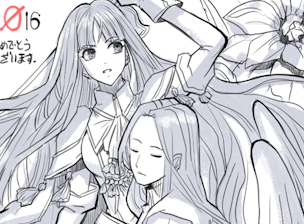
|

| Radiant Dawn challenges players to think about what it means to have free will. What it means to persevere through pain and keep living, even when it’s hard. What it means for humans to forge their own destinies. What it means for life to evolve. It’s a surprisingly deep message in what could have been just good versus evil. |
---
